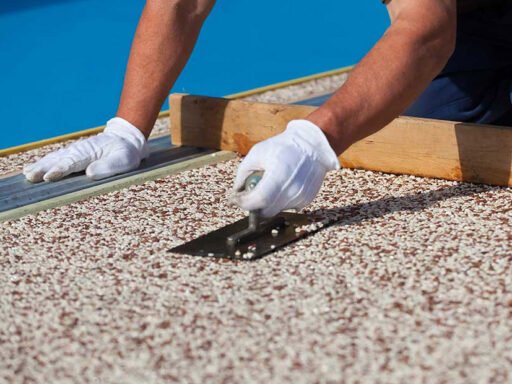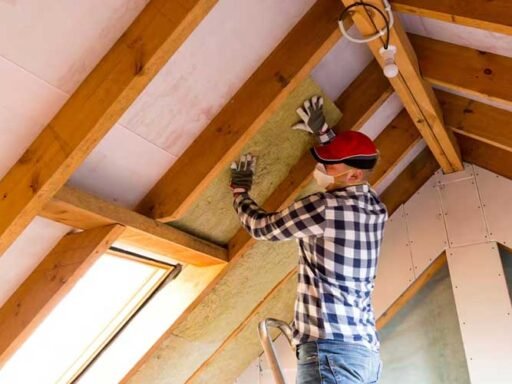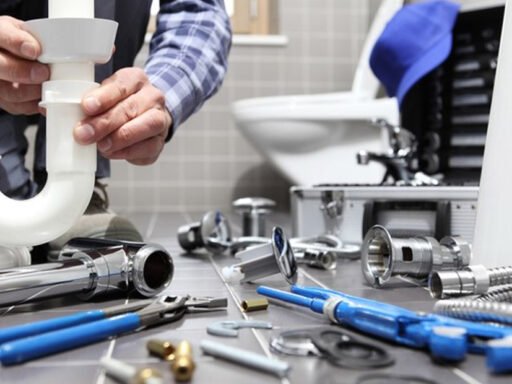When your home’s waste line (or the municipal sewer pipes) need repair, speed is probably at the front of your mind. You’re probably willing to forgive a little disruption and mess to see them fixed quickly.
With trenchless sewer repairs, it’s possible to get the job done both quickly and with a minimum of fuss. It’s easy to see why these methods are the choice of plumbing professionals and clients alike.
Understanding Trenchless Sewer Repair
While they may be large and fairly heavy-duty, underground sewer pipes aren’t immune from breaking. This presents a problem- they’re buried below the ground but are utterly essential for public health. What do we do when they break?
Traditionally, the only option was to dig a large trench, remove the broken section and replace it. It was time consuming, disruptive and expensive, but it had to be done. Newer techniques have solved these problems, reducing costs, time and the amount of chaos caused by repairing a burst pipe. Now it’s possible to work underground or even under buildings without extensive excavations. This is the age of trenchless sewer repairs.
The Techniques
There are two techniques that sanitation engineers can harness to repair a broken sewer with a minimum of fuss: pipe bursting and lining. Which is better depends on the job but they both offer a neat solution without the disruption of major groundworks.
- Pipe Lining. As the name suggests, this involves lining the existing pipe with a sleeve. A deflated resin pipe is inserted along the existing sewer then inflated and hardened in place. This creates a waterproof (and, crucially, sewage-proof) seal along the damaged section.
- Pipe Bursting. A pit is dug down to the level of the broken pipe. Then lengths of new pipe, topped with a cone are forced along it, smashing the old one and leaving the new in its place.
With either method, the original pipe (or what’s left of it) is left in place, reducing the waste that needs dealing with too.
The Benefits
As we alluded to above, traditional sewage pipe repair was a time-consuming, messy and expensive affair. It was also fairly wasteful and came with significant environmental impacts. Trenchless methods do away with these problems. Let’s look at how:
Cost Effectiveness
Groundworks are by nature expensive. They require heavy specialist equipment and the specialist workers to operate it. They’re also time-consuming and people need to be paid. And then they need to be paid to put it all back together again too.
This all adds up rather quickly and makes excavating a serious expense in traditional repair jobs.
In the case of pipe lining repairs, it may be possible to do away with this element altogether in some cases. If access is good, there’s no need to dig at all.
Even when pipe bursting is the method of choice, the amount of excavation (and therefore the cost) is vastly reduced. This technique involves digging a hole to the level of the broken pipe but that hole only needs to be slightly longer than a single length of the replacement. When one is pushed through, a thread can connect it to the next one before the process repeats.
Of course, digging isn’t the only labor cost: the pipe fitters have to eat too. With trenchless repairs, the job is generally done quicker, saving money here too.
There are even savings in terms of longevity too. Modern materials are incredibly durable and reduce the requirement for future repairs and ongoing maintenance, reducing costs in the long-run too.
Minimal Disruption
Anyone who’s ever lived beside a major excavation will be able to tell you that it’s not fun. It’s loud, messy and there’s a whopping great trench that you have to navigate around to go about your business. Generally, it’s to be avoided if at all possible. If a sewer line happens to run under a building, the problems move from the annoying to the utterly disastrous. There’s no chance of maintaining your usual routines under those circumstances.
With trenchless methods, as the name suggests, this disruption avoids the need for extensive digging. It’s possible to go about your daily life with little more than a friendly “morning” to the engineers as you pass.
The avoidance of unnecessary excavations also gives the advantage of speed too, so the little disruption that does occur is as brief as possible.
The process for working under buildings doesn’t really differ from working out in the open either. It’s probable that you’ll barely notice it happening, even when inside.
Environmental Benefits
Another major downside of traditional trenched sewer repair is the impact on the environment. If the line runs under a tree, well, that tree will have to go. The diggers, dozers and other heavy equipment will be pumping out fumes and the removed sections of pipe are probably not going to be recyclable.
Trenchless repair methods go a considerable way towards mitigating much of this. They require less machinery, running for less time, reducing the project’s carbon footprint considerably. They also don’t disrupt the surface nearly as much (if at all). This gives them the advantage on both the aesthetic environmental level and the ecological one. Landscaping, plants, trees and lawns are all safe from the digger’s bucket.
Furthermore, the production process of modern materials is generally cleaner and both pipe lining and busting leave the old pipe in place, reducing the waste produced by the job.
While we may not be at the stage of entirely retiring the diggers and bulldozers, trenchless pipe repairs have revolutionized how we go about fixing our vital infrastructure when it goes wrong. It’s quicker, cheaper and does less damage to the environment: what’s not to love?





